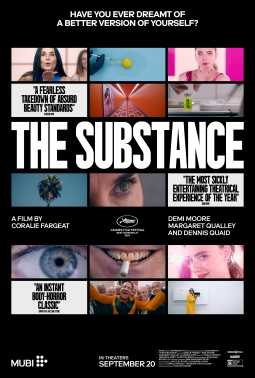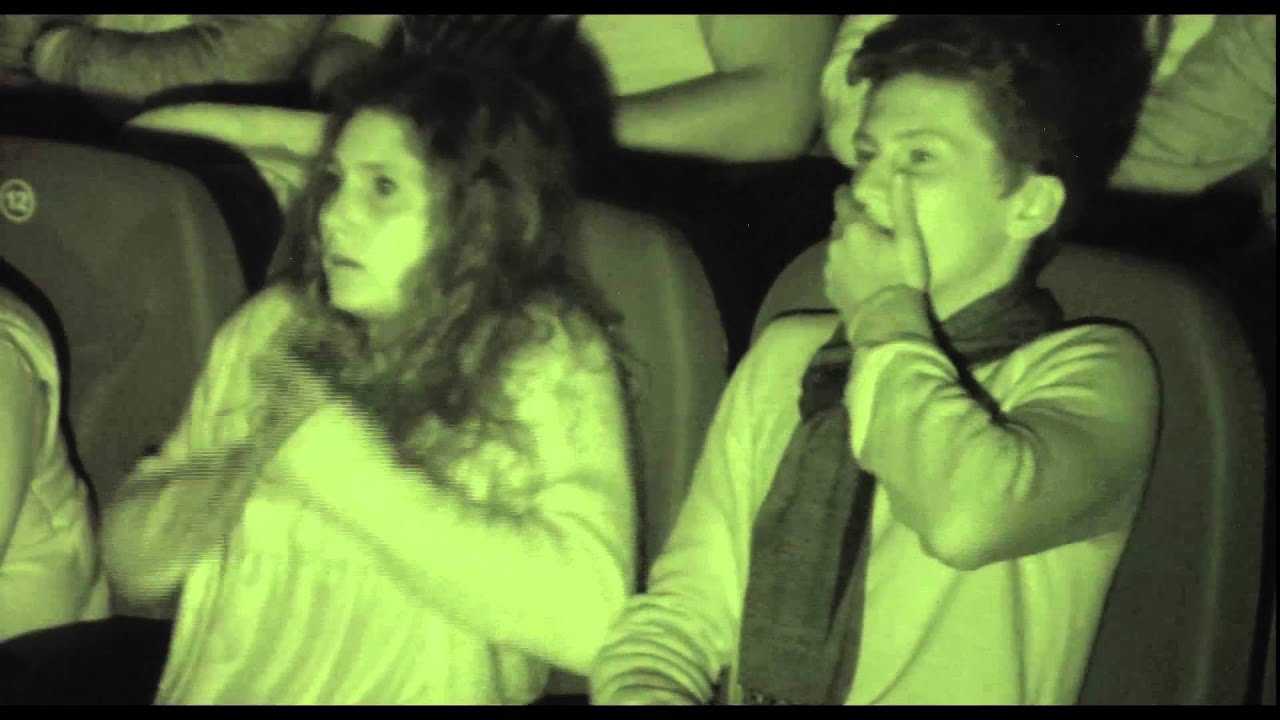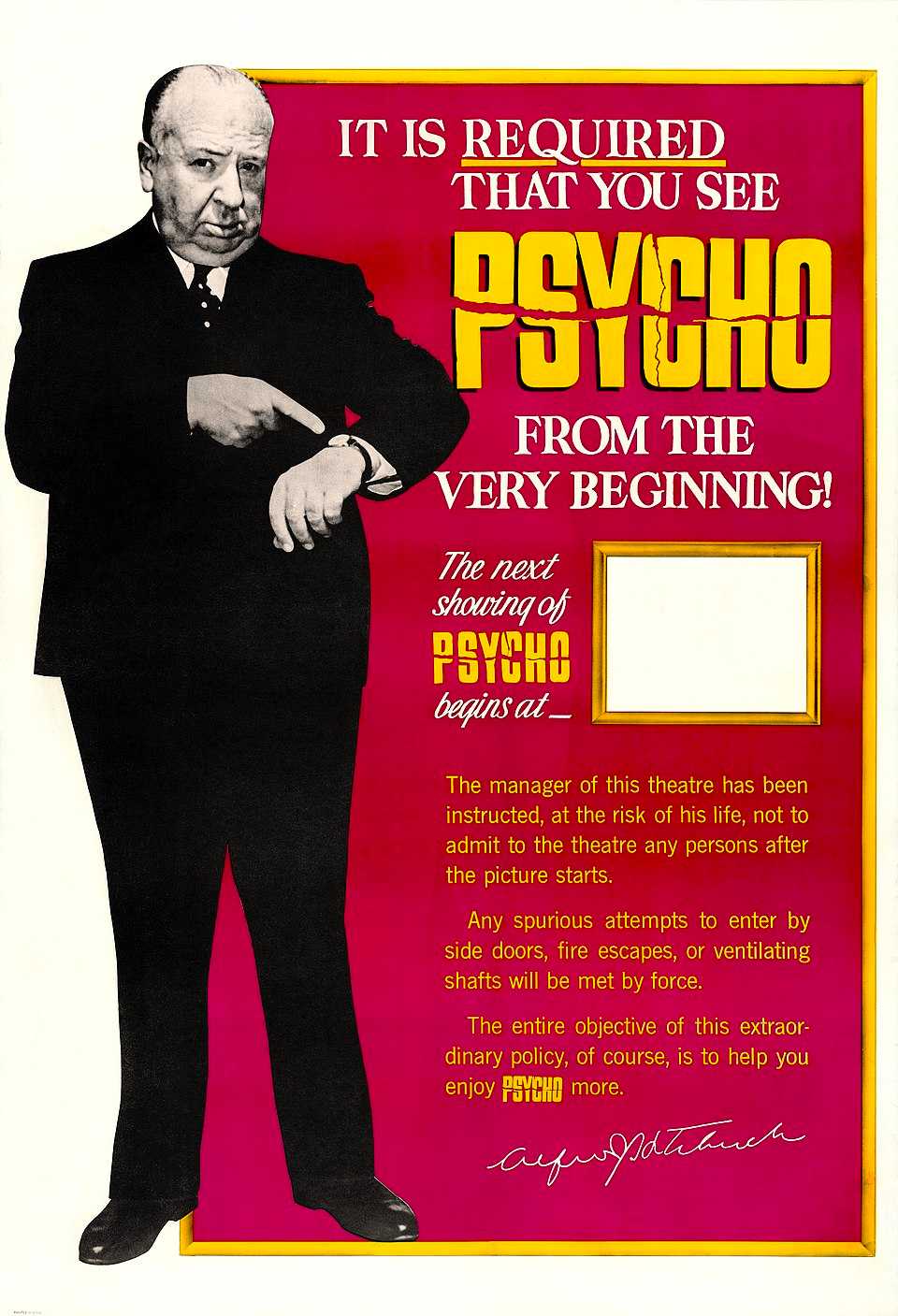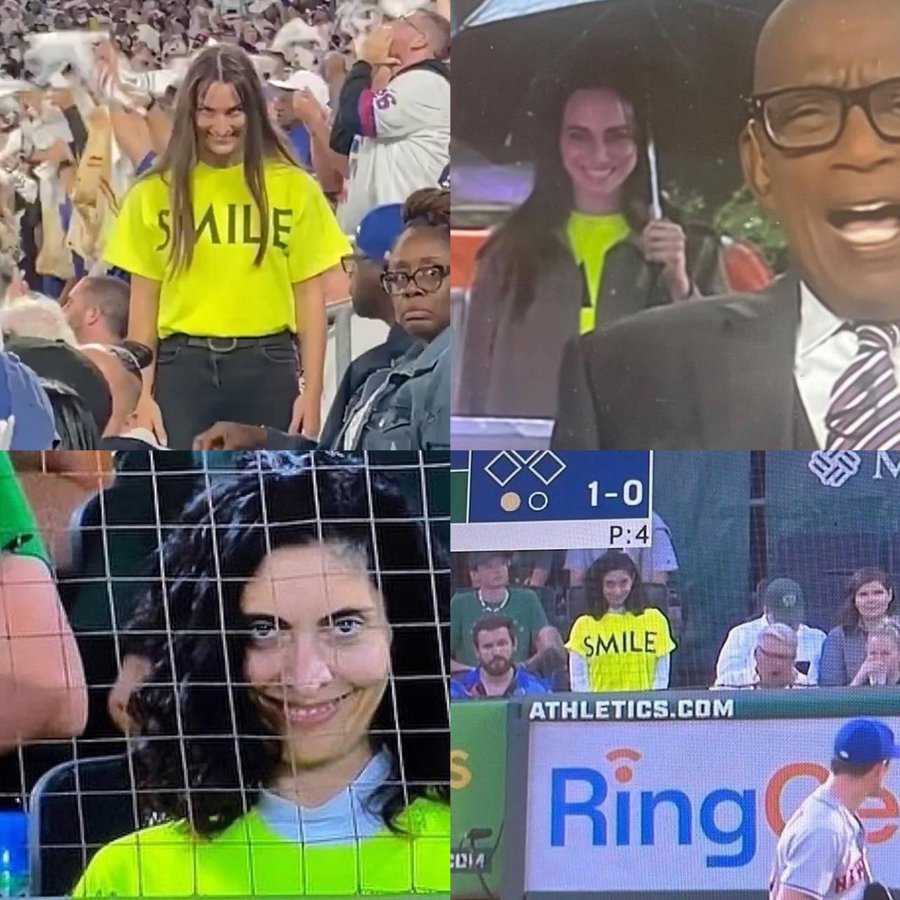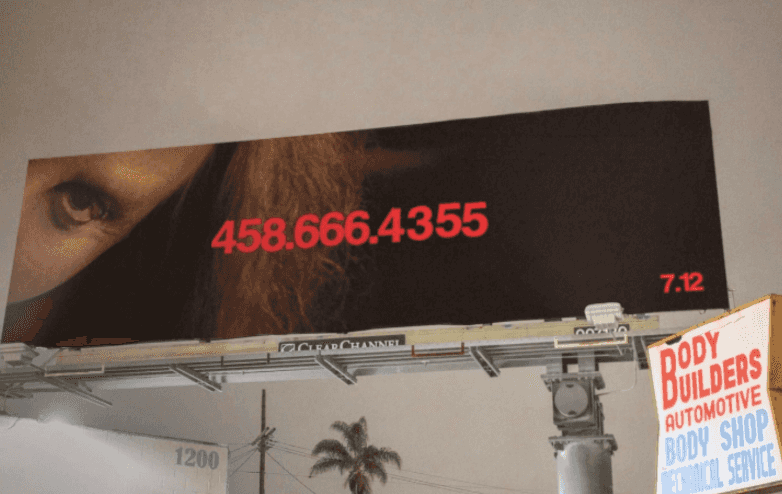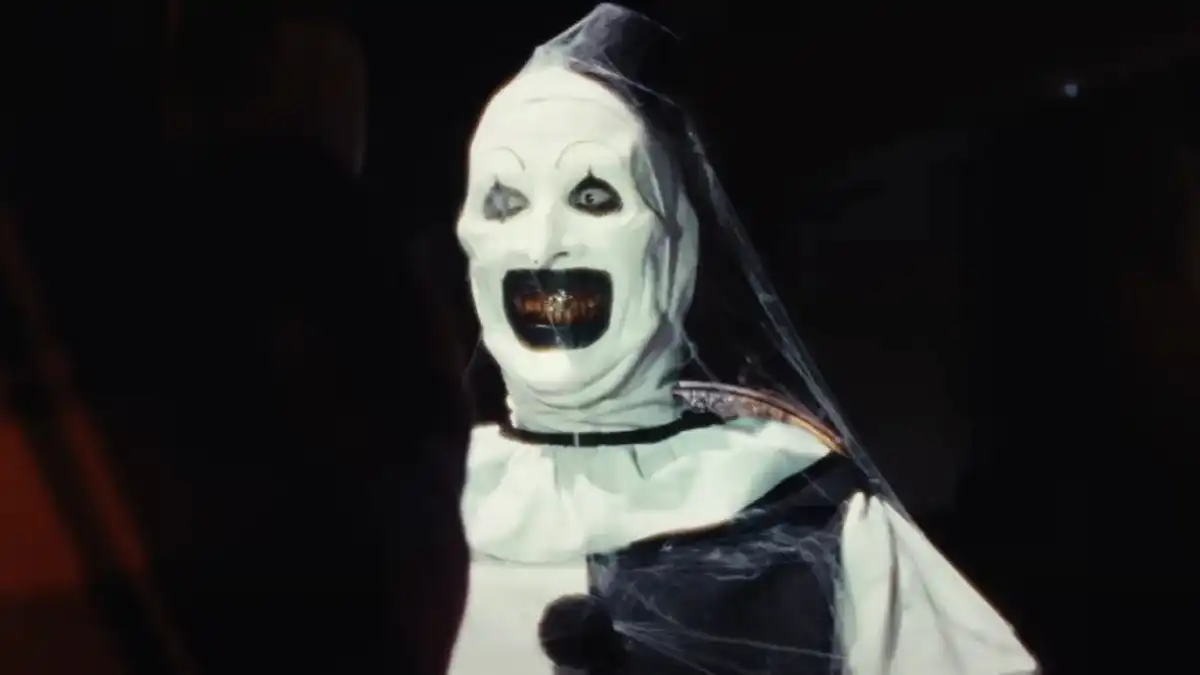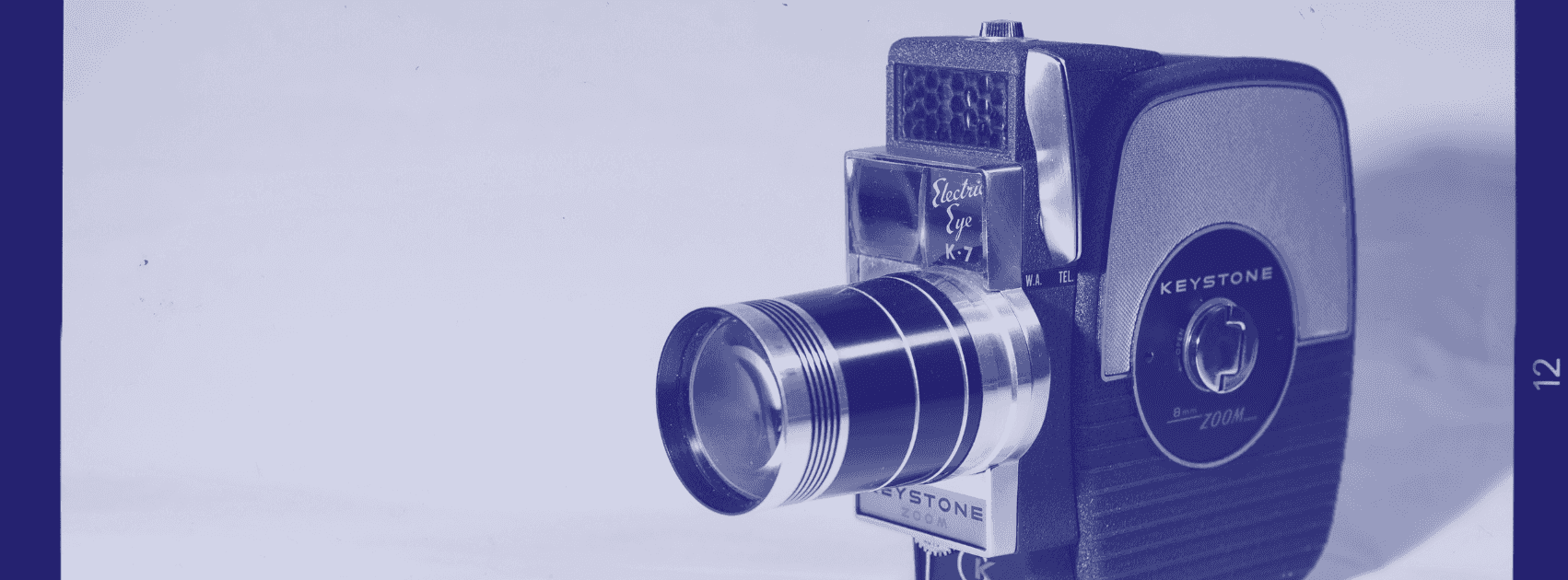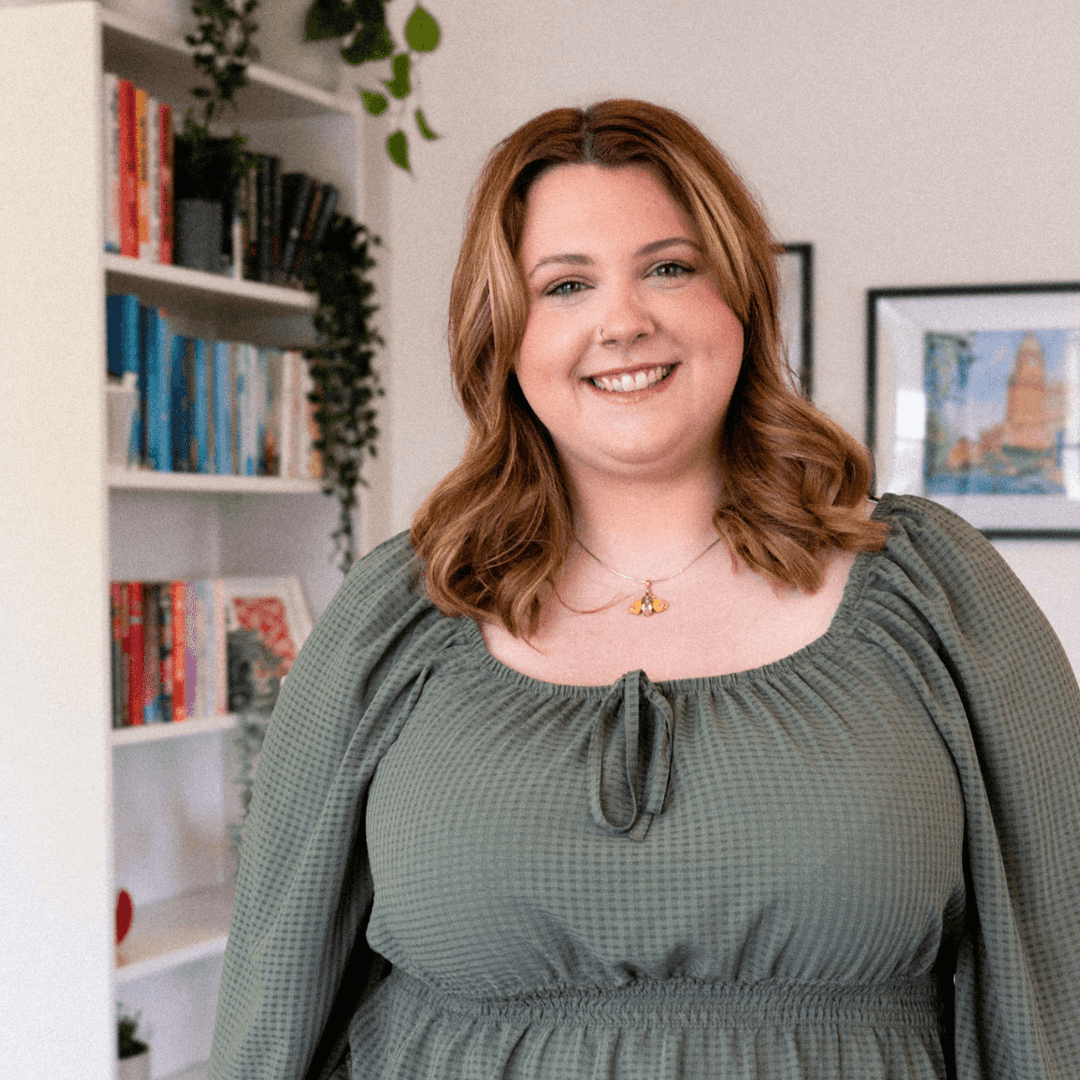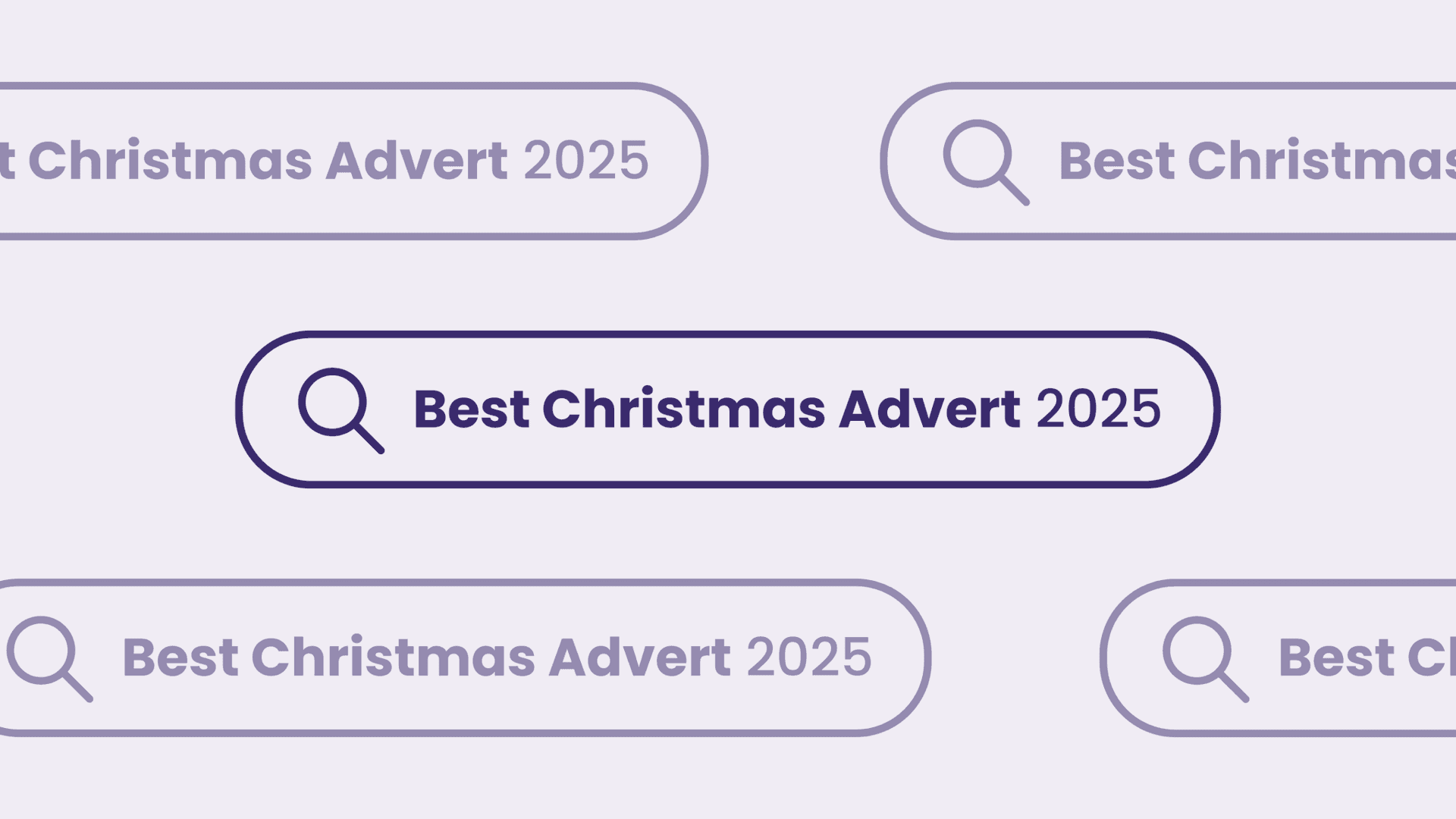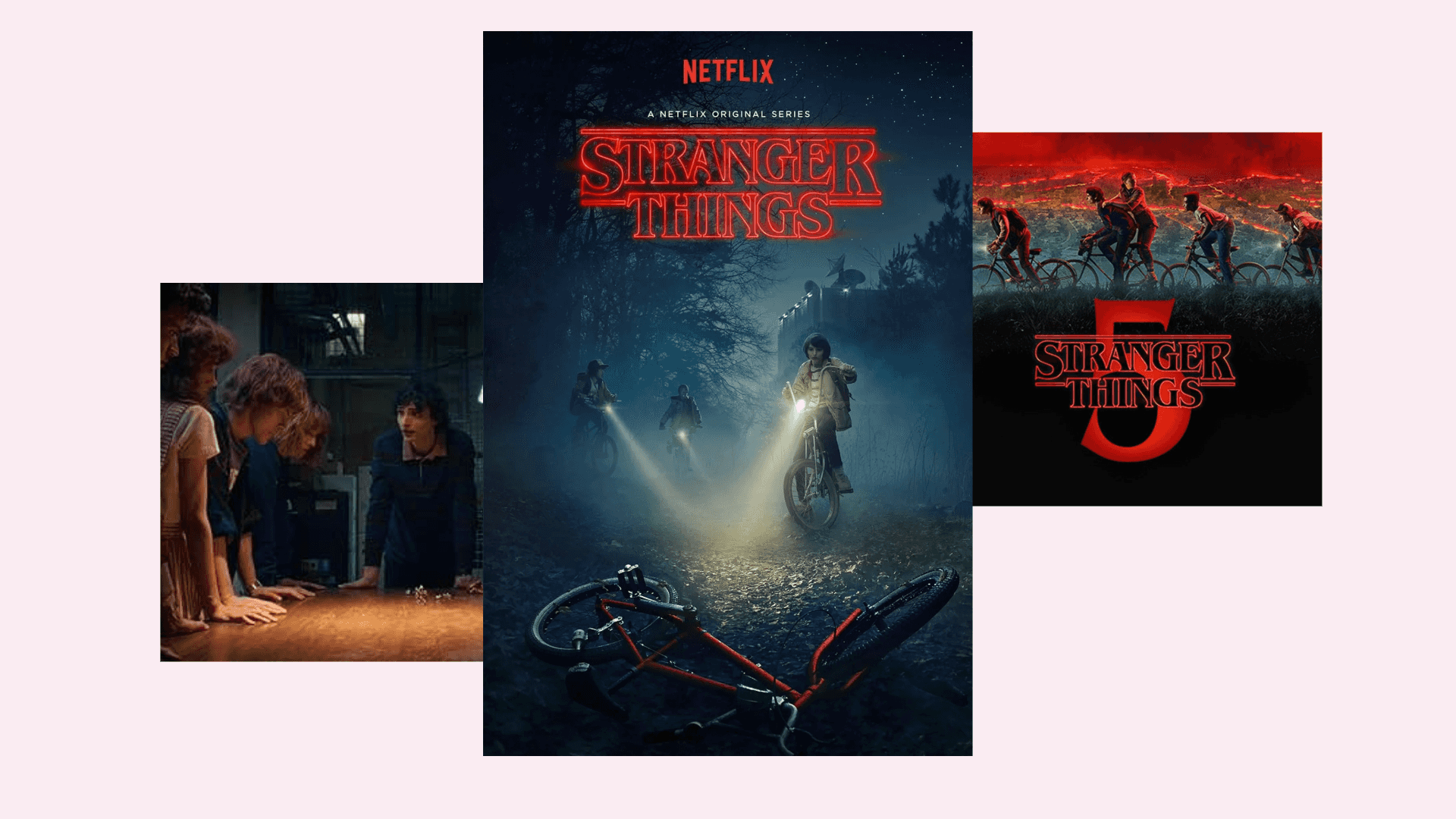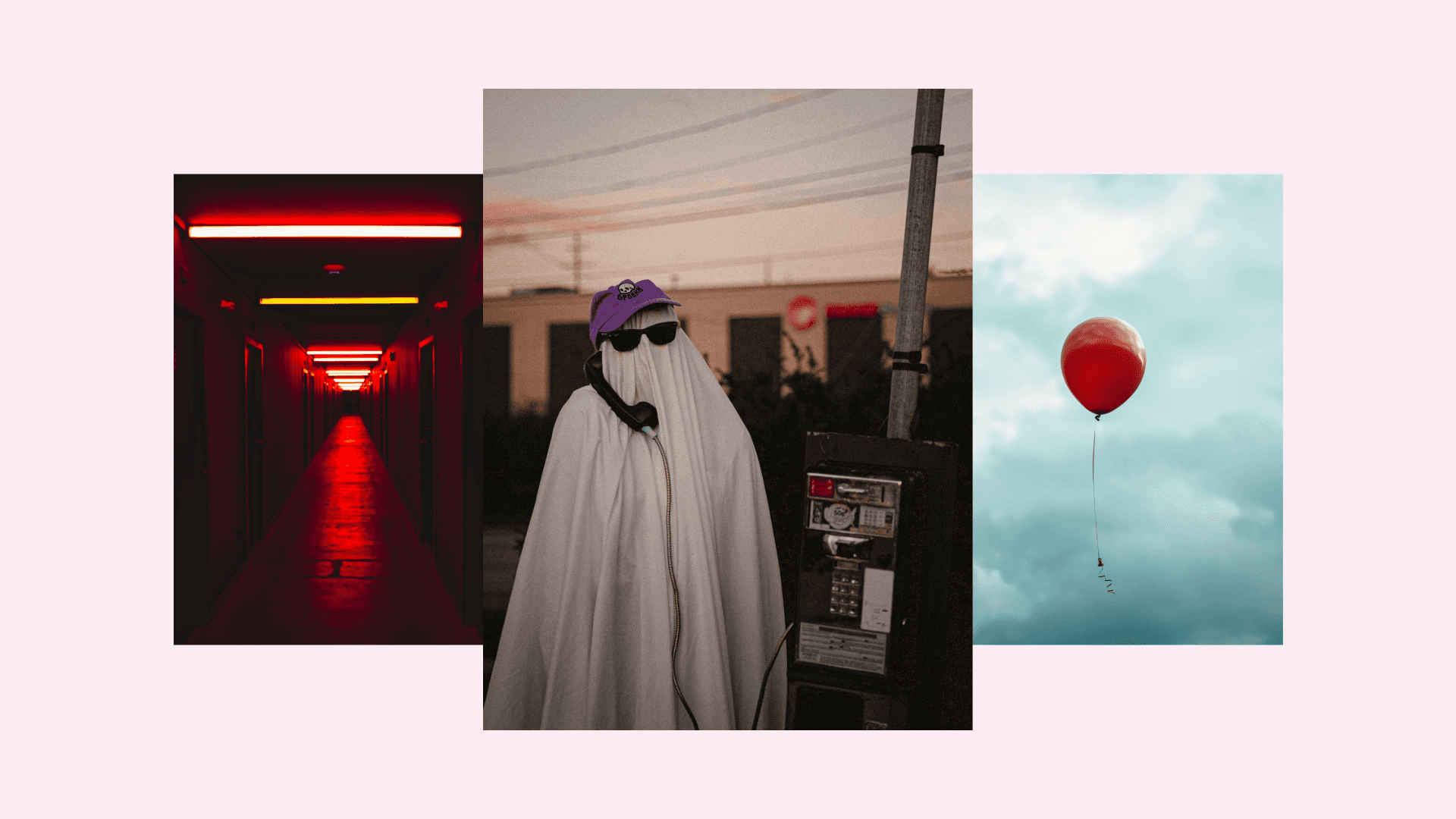The shared adrenaline of a jump scare, the laughter that follows, the tension that fills a packed cinema – that’s something you can’t replicate at home. Horror has become the new ‘concert experience’ of film.
At the same time, horror fans have more influence than ever.
Online spaces have replaced critics as the taste-makers, and that’s important because traditional critics HATED horror.
Saw (2004) still has only a 50% critics’ score on Rotten Tomatoes. 50%! Seriously?
Plus, only six horror films have ever been nominated for Best Picture, with a lengthy list of worthy contenders completely ignored.
But the average user on TikTok doesn’t care about Rotten Tomatoes or the Oscars.

